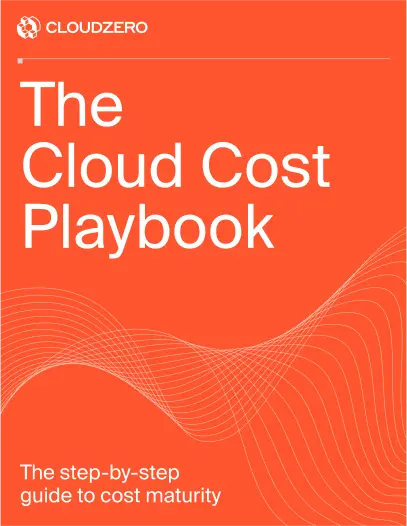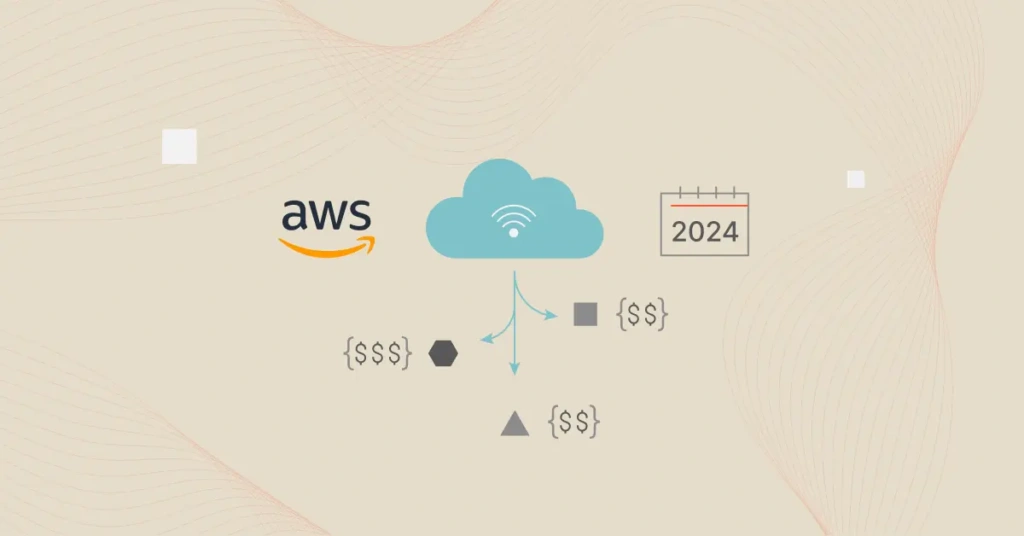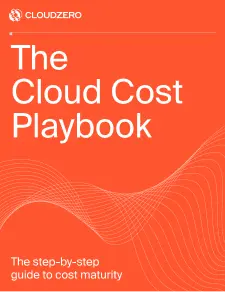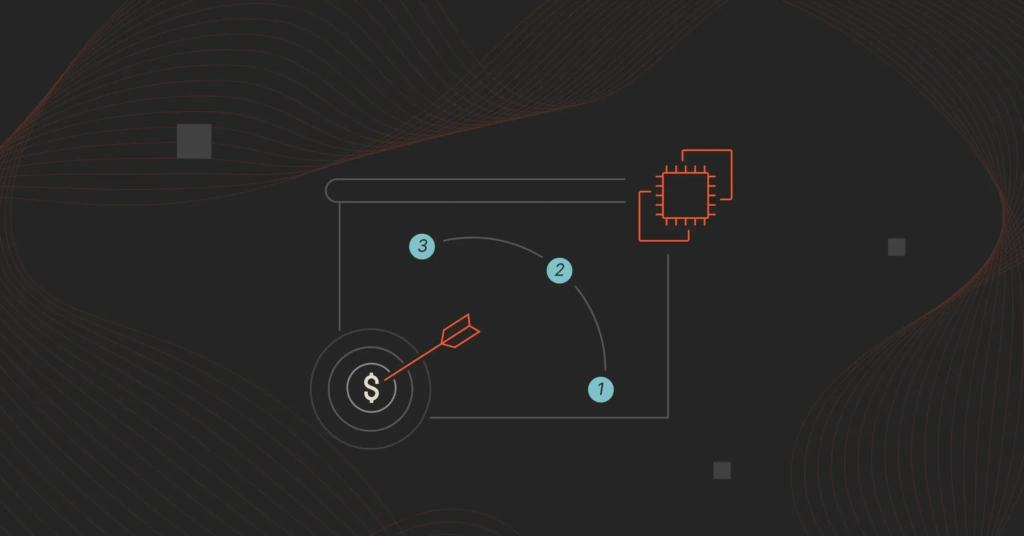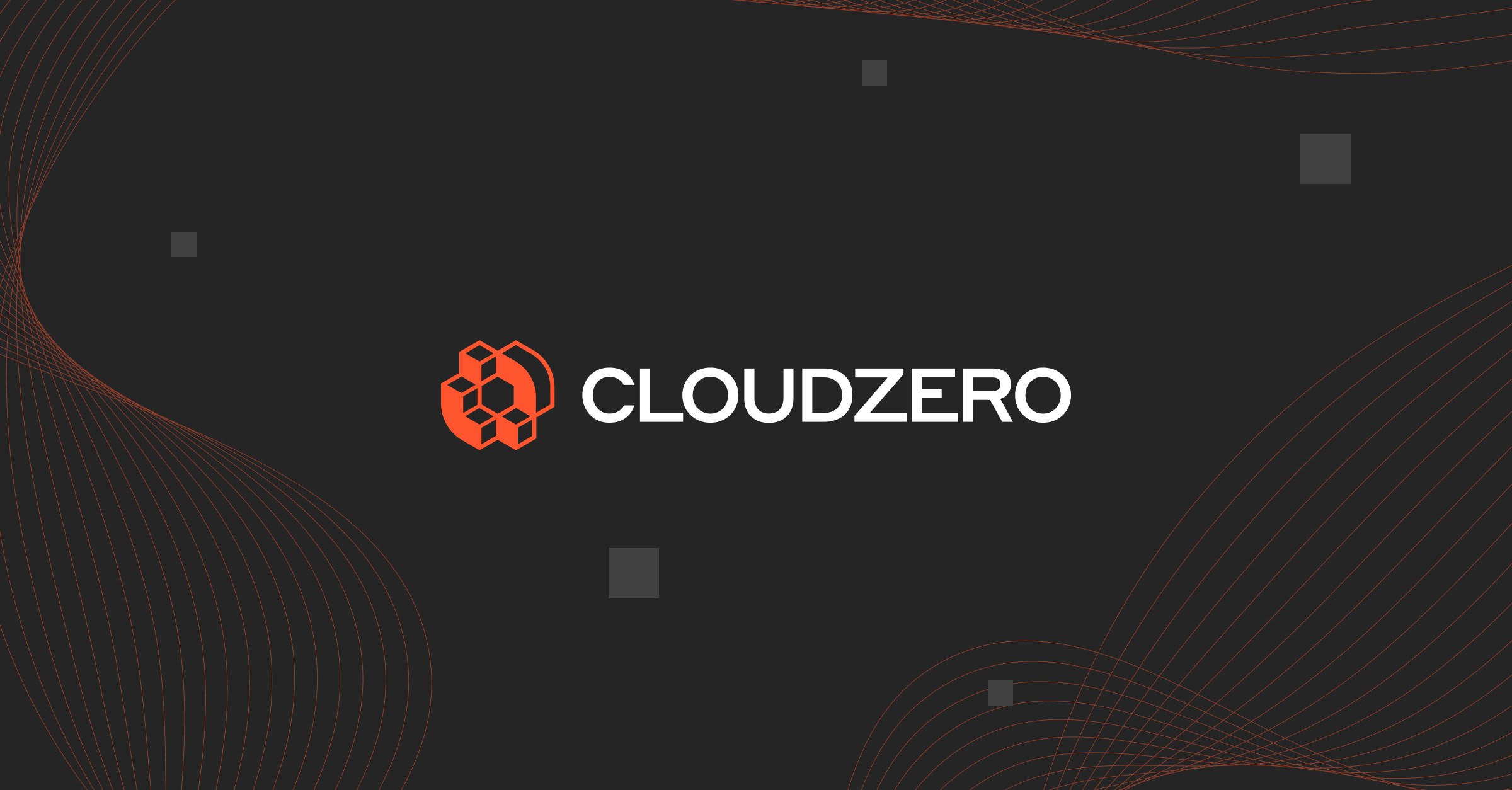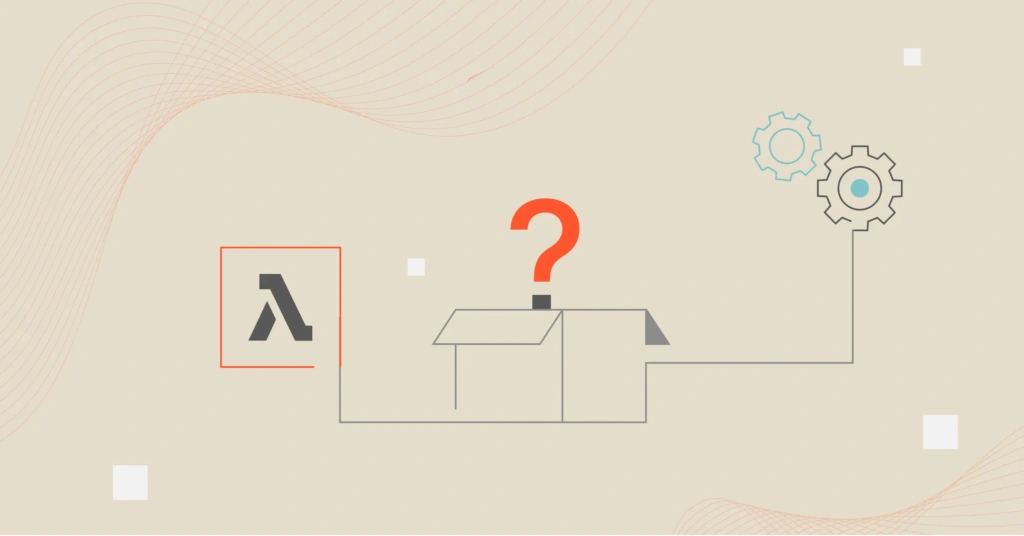The majority of cloud providers let you upload data for free. But moving that same data across their services, to another cloud provider, or back to your own data center comes at a cost commonly known as AWS egress costs.
The cost may be cents per gigabyte (GB). But once you exceed the free tier’s 100 GB, it starts to add up.
In this guide, we explain how AWS egress pricing works. With this understanding, along with the cost-saving tips we’ll share, you can reduce your egress costs like a pro.
What Are AWS Egress Costs?
Egress is a networking term that refers to outbound data transfers. Within the Amazon Web Services (AWS) ecosystem, egress typically refers to transferring data from an AWS service (a closed network) to the public Internet.
Data egress on AWS includes data transfers a user, application, or service initiates within the AWS network. In contrast, ingress involves data entering the AWS network from the public internet.
Also, while AWS does not charge for ingress, egress incurs charges. These charges are based on the amount of data you transfer, with different pricing tiers for various volumes of data.
For example, the first 100 GB of data egress from Amazon EC2 instances to the public internet is free. Subsequent data egress rates range from $0.0900 to $0.0500 per GB depending on volume.
What are the different types of data transfers that incur egress costs on AWS?
There are a variety of scenarios in which data egress costs are incurred on Amazon Web Services. These include:
- Outbound data transfers to the public internet:
Data transfers out of AWS (DTO) from AWS services such as Amazon EC2 instances and Amazon S3 buckets to the public internet incur data egress costs. The first 100 GB of egress data per month is free, and subsequent egress data is charged between $0.0900 and $0.0500 per GB.
- Moving data from an AWS service to your data center servers:
AWS also charges data transfer out fees for moving data from the AWS ecosystem, such as EC2 or S3 storage, to your on-premises servers.
- Transferring data between AWS Availability Zones (AZ):
Moving data from one Availability Zone to another within the same AWS region is subject to data egress costs. In most cases, this is metered and charged based on the amount of data sent in gigabytes (GB).
- Transferring data between AWS Regions:
You’ll be charged for moving data from one AWS region to another. Similarly to moving data to a different AZ, this is also a metered service. AWS egress pricing here is based on the GBs of data sent.
- Using Content Delivery Networks (CDNs):
CDNs cache data files closer to target users and in the CDN providers’ own networks. The net cost of their services is typically far less than the data egress charges for serving the same files from the cloud every time. Charges apply here when you use a CDN to reduce the amount of traffic flowing directly to the internet.
- Transferring data between AWS services:
Also, egress costs will apply when you link multiple AWS services, such as Amazon EC2, Amazon S3, and CDNs. Data transfer costs may increase as a result.
Now, here’s the thing. Many AWS customers often overlook egress costs when determining the cost of cloud computing. While they can be tricky to calculate, many customers consider them quite low-impact, until they aren’t.
Yet, AWS data egress costs can add up quickly, especially when migrating a lot of data from AWS to a different cloud provider. This can be to switch providers for good or as part of a hybrid cloud strategy.
Ultimately, it’s crucial to understand data egress costs when planning AWS budgets and designing applications to minimize data transfer fees. And speaking of fees, here’s how much AWS charges for outbound data transfers — and how it all works so you can prevent overspending on egress.
How Much Does AWS Charge For Data Egress?
Pricing for AWS data transfer out from Amazon EC2 to the Internet is tiered. It costs $0.09 per GB for the first 10 terabytes (TB) in a month. Transfers up to 40 TB per month cost $0.085 per GB. For the subsequent 100 TB, it costs $0.07 per GB, while for the next 150 TB, it costs $0.05 per GB.
Picture this:
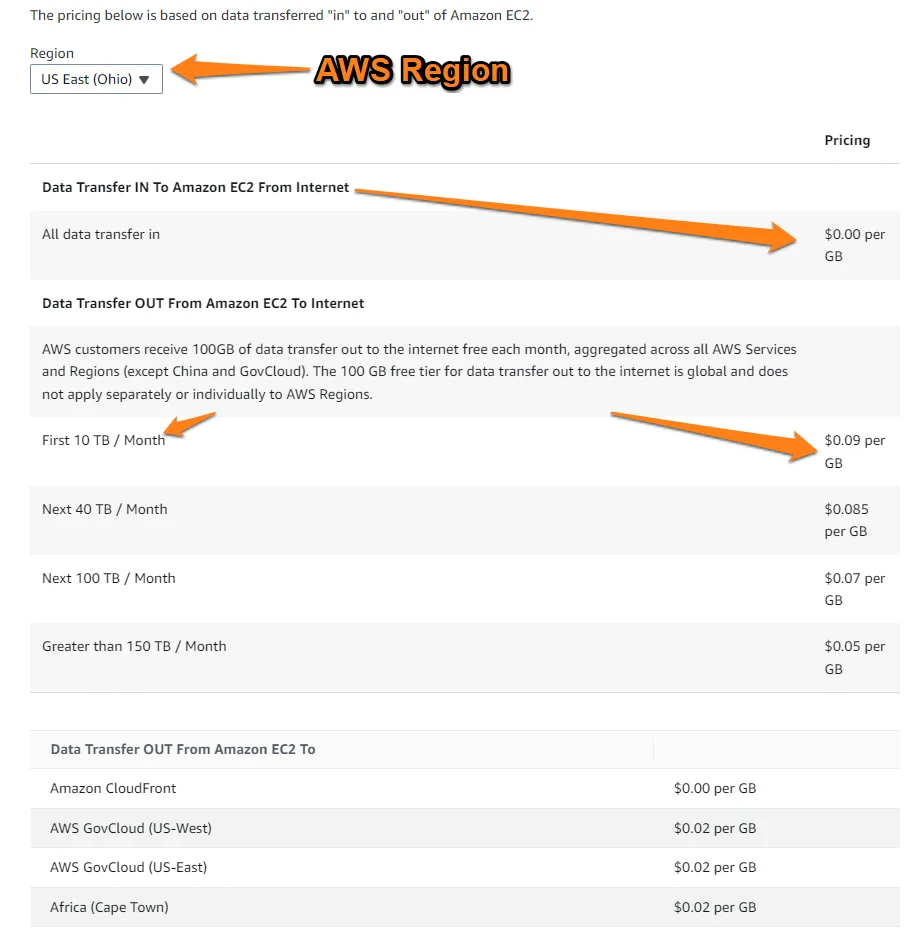
If you anticipate transferring more than 500 TB of data in a month, AWS encourages you to contact them directly for custom bandwidth rates. Check out our snackable guide to Amazon EC2 costs here for a deeper dive into how AWS egress pricing works for the compute service.
AWS has similar data transfer fees for Amazon S3 storage on top of data retrieval charges. See our guide to Amazon S3 pricing here to see how it all works together.
Also, note that AWS DTO charges apply for moving data across regions. Currently, DTO from an EC2 instance to other regions outside the US, AWS GovCloud, or any other AWS Region costs an additional $0.02 per GB.
Also, it costs $0.01 per GB for data egress and another $0.01 per GB for ingress between Availability Zones in a single AWS Region. There is no charge for data egress to Amazon CloudFront.
This AWS egress pricing model applies across almost all AWS services except for these exceptions:
- Amazon S3 Multi-Region Access Points data egress within AWS which costs $0.0033 per GB.
- Internet acceleration for Amazon S3 Multi-Region Access Points. This is as low as $0.0050 per GB and as high as $0.0600 per GB, subject to your host region.
- Amazon S3 Transfer Acceleration, which costs $0.0400 per GB.
AWS Egress Pricing Changes In 2024
AWS announced in March that it was waiving egress fees for customers transferring data out of their cloud platform — for good. This move aligns with a similar decision by Google Cloud in January.
The leading cloud provider by market share also seeks to comply with European Data Act regulations, which seek to prevent vendor lock-in by making it easier and more cost-effective for businesses to switch cloud providers.
The free egress offer only applies to outbound data transfers when switching to a different cloud provider. Here’s what else it means.
What the free AWS egress announcement means:
- Free data transfer out to leave AWS: AWS will waive egress fees for customers moving data to another cloud provider or an on-premises data center. The waiver does not apply to regular business data egress. This still incurs standard charges (which we’ve shared above).
- You won’t qualify if you have less than 100 GB: Previously, AWS allowed 100GB of free data egress per month on the free tier. If you have less than or up to 100 GB of data to move out, AWS requires that you use the free tier. You won’t get additional credits.
- You must contact AWS support to get it: Now, you must request the free data transfer out from AWS support. This is so they can verify your request is for migration out of AWS and not for regular business operations.
Once verified, you will receive enough data egress credits to move the requested amount of data off of AWS within 60 days. If you wish to transfer the whole amount of data for a single service, rather than all of your account’s data, you’ll also need to speak with AWS agents.
- The free egress credits apply globally: The move, while triggered by European regulations, will extend to all AWS customers (except in China) worldwide. You’ll just need to follow the proper request process and approval to get it.
- You don’t need to close your account: Unlike Google Cloud, which requires that you migrate your data and close your account right after, AWS allows you to transfer the data out within 60 days and still keep your account. However, there should not be further data egress requests from that AWS account.
Something else to note here. The waiver doesn’t apply to all AWS services. Transfers from specialized services like Amazon CloudFront, AWS Direct Connect, AWS Snow Family, and AWS Global Accelerator are not included in this policy.
Also, despite the fee waiver, migrating data between cloud providers requires more than just moving files.
You may still need to take care of the technical and operational costs, such as consultations and modifications given the differences in architecture, services, and potential application changes you’ll need to make.
How AWS’ Egress Pricing Compares To GCP And Azure
Here’s a quick summary of AWS egress costs compared to DTO fees on Azure, Google Cloud, and Oracle (OCI).
|
First 10 TB |
Next 40 TB |
Next 100 TB |
Over 150 TB |
Inter-region transfers |
Egress waiver for moving out of the platform | |
|
AWS egress |
$0.09 per GB |
$0.085 per GB |
$0.07 per GB |
$0.05 per GB |
$0.02 per GB |
Free 100 GB per month. Free egress credits for moving data out of AWS. Closing account not required. Must contact AWS support. |
|
Azure egress |
$0.087 per GB |
$0.083 per GB |
$0.07 per GB |
$0.05 per GB |
$0.02 per GB |
Free 100 GB per month. Waived fees when moving off of Azure. Must contact Azure support. Must cancel all Azure subscriptions related to the account. |
|
Google Cloud egress |
$0.012 per GB |
$0.011 per GB |
$0.08 per GB |
$0.05 per GB |
$0.01 per GB |
Free 100 per month. Waived fees when moving off of Google Cloud. Must close the account after. |
|
Oracle Cloud egress |
Free |
$0.0085 per GB |
$0.0085 per GB |
$0.0085 per GB |
Table: A quick comparison of egress fees for AWS vs GCP vs Azure vs Oracle Cloud.
Key highlights here:
- Oracle offers the fairest DTO rates of the four, US-based cloud providers.
- AWS offers competitive rates, especially for large volumes of data, with a notable discount for transfers exceeding 150 TB.
- Google Cloud has higher initial costs but matches AWS for large volumes.
- Microsoft Azure provides slightly lower costs than AWS for initial volumes but aligns with AWS and Google Cloud for larger data transfers.
Other Data Transfer Costs To Consider
Among the key data transfer costs on AWS are those referred to as “specialized data transfers”. These include:
- Amazon CloudFront: AWS charges a separate fee for data transfers out from Amazon CloudFront to the internet. Rates vary depending on the edge location used and the volume of data transferred.
- AWS Direct Connect: If you are looking for a dedicated network connection between your premises and AWS, this is the service to use. It offers lower data transfer costs than internet transfers. But it includes a monthly fee for the dedicated connection itself.
- AWS Snow Family: For large-scale data migrations, the Snowball and Snowmobile services offer physical devices to transfer data. The specific cost depends on the amount of data you need to move and how long you use the device.
How To Manage, Control, And Optimize Cloud Costs
Of course, we weren’t going to explain how AWS egress costs work and not share what you can do to reduce your DTO fees.
Here are a few strategies we’ve found that work to reduce your AWS bandwidth costs.
- Cache your content in CloudFront to minimize outbound data transfer costs. The CloudFront free tier offers 50 GB outbound data transfer and 2 million HTTP requests per month for the first 12 months. Beyond that, CloudFront data transfer pricing starts at $0.085 per GB in the US for up to 10 TB per month.
- Architect your projects to ensure data transfers happen within a single AWS region, not across regions. Similarly, keep your data transfers within the same Availability Zone as much as possible.
- Transfer data via private IPs, not public or elastic IPv4/IPv6 addresses.
- Tag your services as best as you can to be able to track them. We get it. This can quickly turn into an endless chore. We go deeper into each of these data transfer cost optimization strategies in our guide to reducing AWS data transfer costs here — if you want to go into it manually.
- However, you can automate the process of managing AWS data transfer fees (and across other cloud providers like GCP and Azure) in a single platform (shared below).
- Understand why your data transfer costs are changing and who or what’s driving them – so you can fix the bleeding. By presenting only totals and averages, conventional cost tools often fail to do this. Instead, you’ll want to use a reliable and granular cloud cost optimization platform such as CloudZero.
How CloudZero Helps You Reduce AWS Egress Costs The Easier Way
- Track cloud migration costs in real-time to keep your data transfer costs in check from the very start.
- Connect your data transfer costs to the specific services, environments, teams, and products that generate them. Then you can tell exactly where to reduce unnecessary expenses.
- View your data transfer costs broken down by immediately actionable, hourly insights, such as Cost per Customer, per Team, per Feature, per Project, per Environment, and more. This ensures you can know exactly who, what, and why your egress costs are changing, so you can fix the root cause.
- No endless tagging is required to get accurate data transfer cost intelligence. CloudZero will also help you distinguish the costs associated with each tenant’s usage in a shared, multi-tenant environment.
- Receive timely, noise-free, and context-rich cost anomaly alerts right in your inbox when egress costs can break your budget DTO.
You don’t have to take our word for it. CloudZero helped ambitious brands like LawnStarter save 50% on cloud storage. NinjaCat slashed its cloud costs by 40% while Upstart saved $20 million. That’s not all. CloudZero customers hit 33% efficiency in their first year on average. Want similar results or better?  to experience Cloudzero in action for yourself.
to experience Cloudzero in action for yourself.
